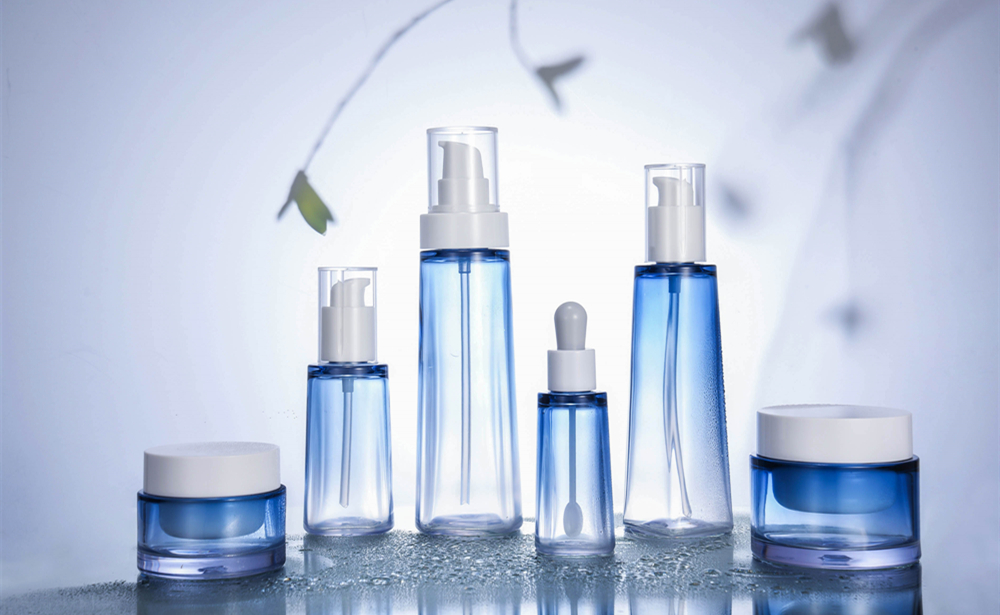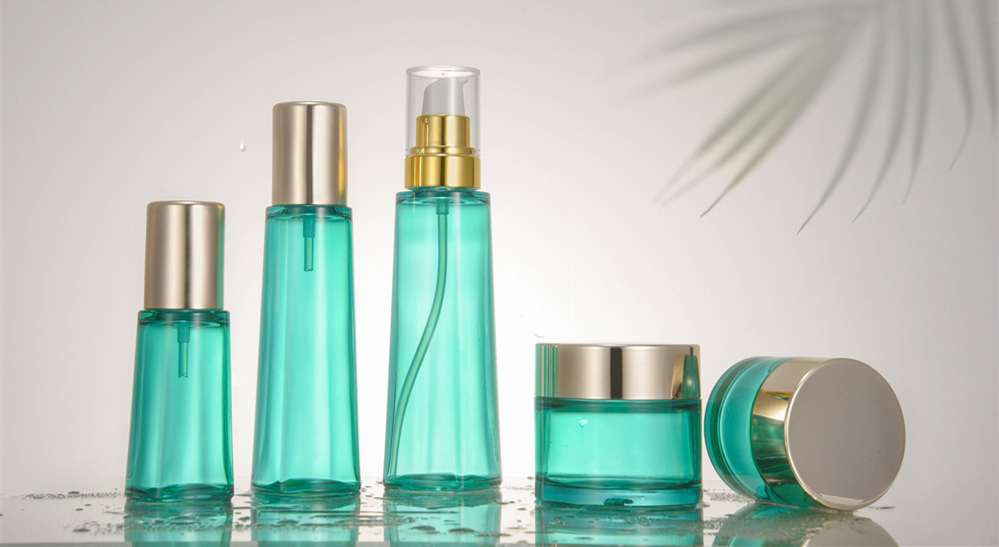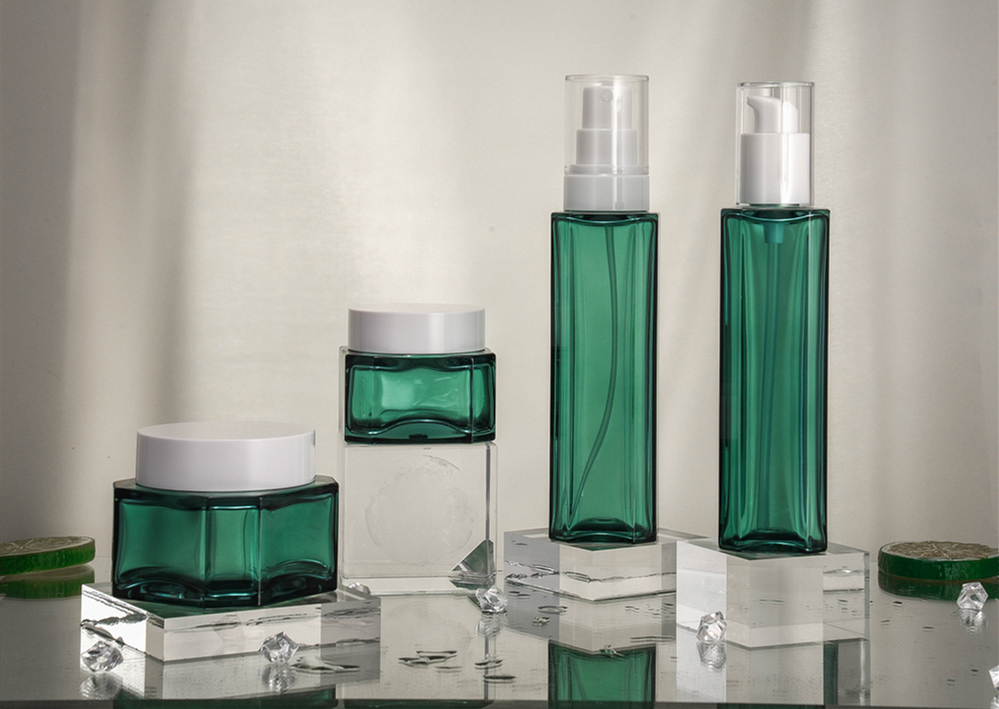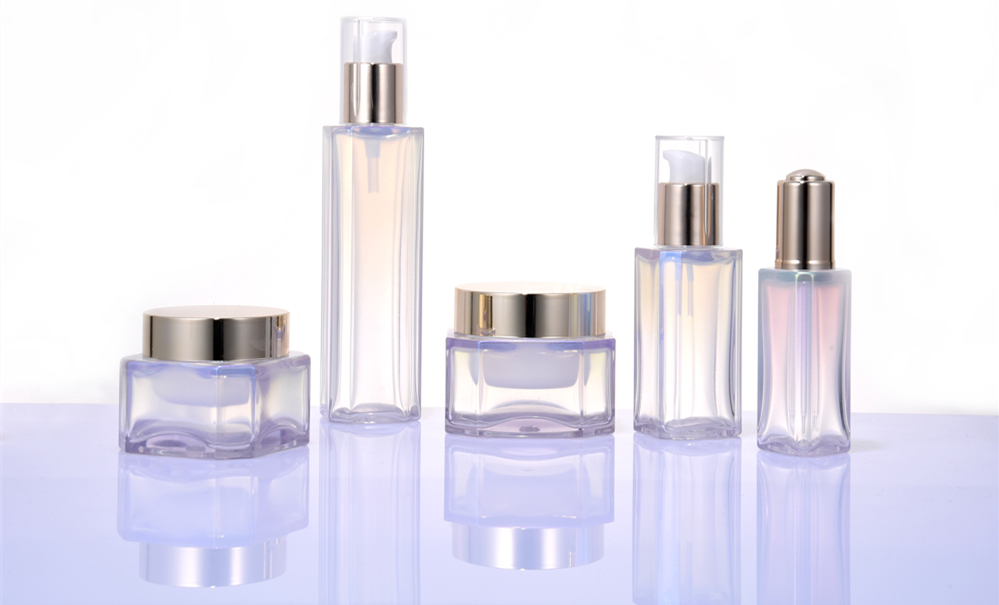As a transparent plastic, high transparency must be ensured first, and strength, impact resistance, abrasion resistance, heat resistance, chemical resistance must be good, and water absorption must be small. Only in this way can the transparency requirements be met during use without any Streaks, stomata, whitening. Defects such as haze, black spots, discoloration, poor gloss, etc. Therefore, during the entire injection molding process, the design of raw materials, equipment, molds, and even products must be paid attention to and set strict or even special requirements. This article shares the injection characteristics of transparent plastics. And precautions.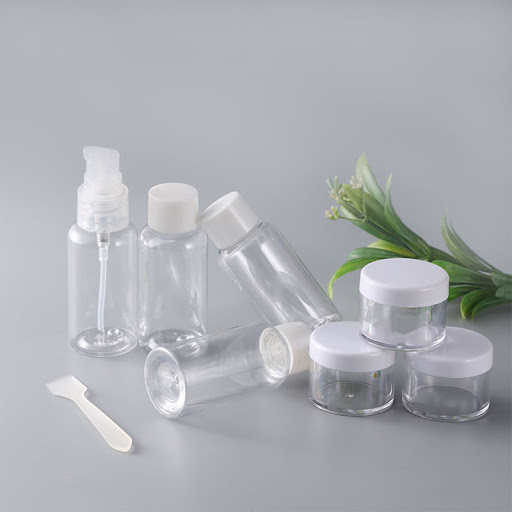
PMMA has high viscosity and poor fluidity. It must have high material temperature and high injection pressure, and the influence of injection temperature is greater than injection pressure. The increase in injection pressure helps to improve the shrinkage of the product.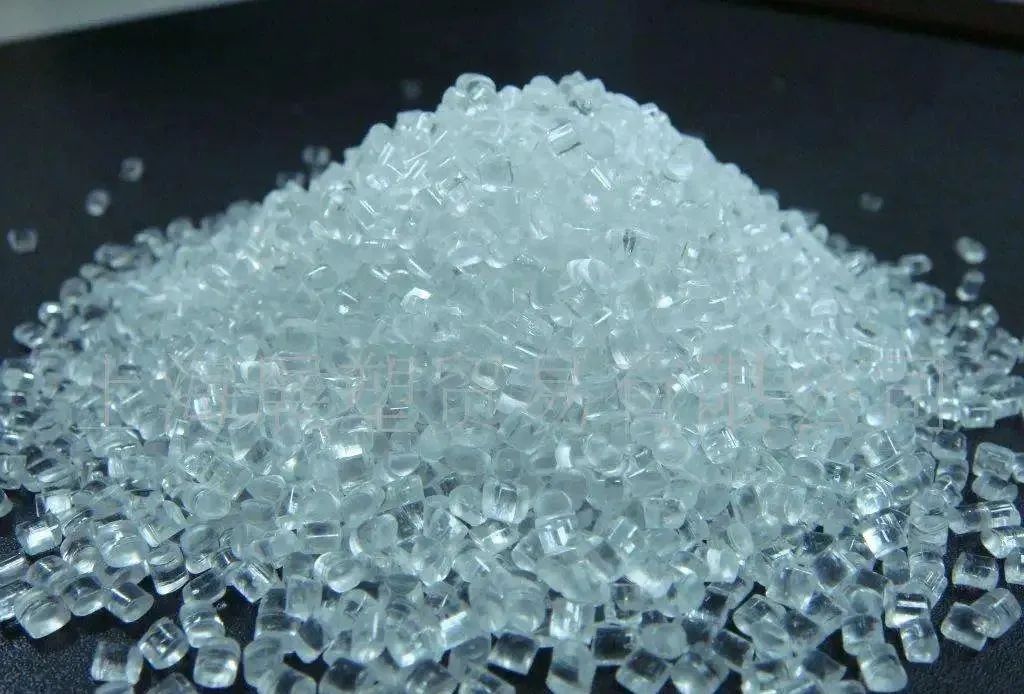
The injection temperature range is wide, the melting temperature is 160°C, and the decomposition temperature is 270°C, so the material temperature adjustment range is wide and the manufacturability is better. Therefore, to improve fluidity, start from the injection temperature. The impact resistance is poor, the wear resistance is not good, it is easy to scratch and brittle, so the mold temperature should be increased, and the condensation process should be improved to overcome these defects.
PC has high viscosity, high melting temperature and poor fluidity. It must be injected at a higher temperature (between 270~320℃). Relatively speaking, the temperature adjustment range of the material is narrow, and the manufacturability is not as good as PMMA.
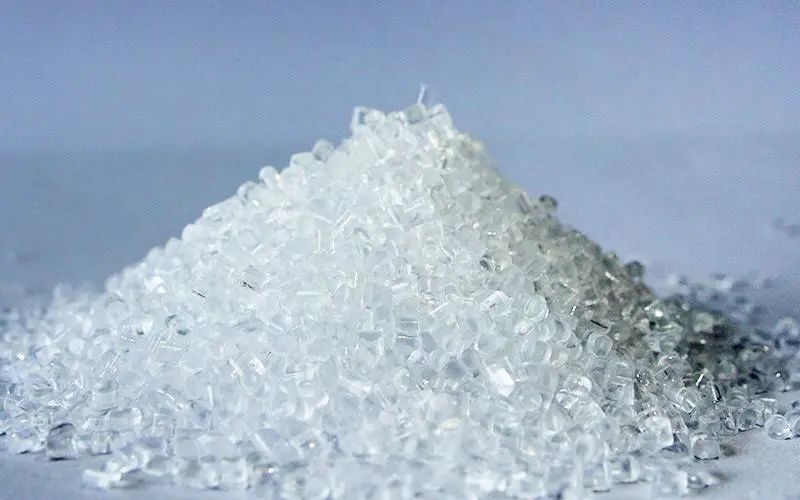
The injection pressure has little effect on the fluidity, but due to the high viscosity, the injection pressure is still higher. In order to prevent internal stress, the pressure holding time should be as short as possible. The shrinkage rate is large, the size is stable, but the internal stress of the product is large, and the product is easy to crack, so it is better to increase the temperature instead of pressure to improve the fluidity, and the possibility of cracking can be reduced by increasing the mold temperature, improving the mold structure and post-processing. When the injection speed is low, defects such as ripples are prone to occur at the gate, the temperature of the radiating nozzle must be controlled separately, the temperature of the mold must be high, and the resistance of the runner and gate should be small.
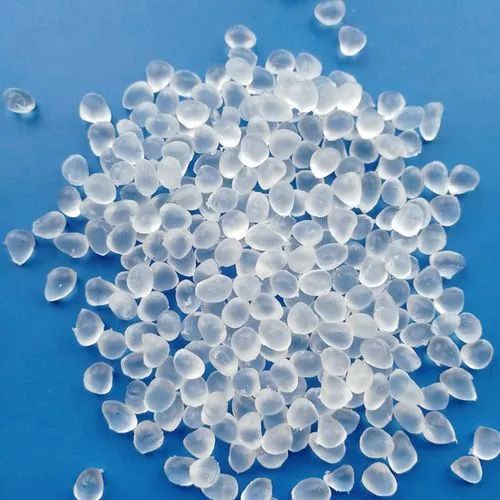
PET has a high molding temperature and a narrow range of material temperature adjustment (260-300°C), but after melting, it has good fluidity and poor manufacturability, and it is often necessary to add anti-spreading devices in the nozzle. The mechanical strength and performance are not high after injection, and the performance must be improved through the stretching process and modification. Accurate control of mold temperature is an important factor in preventing warpage and deformation. Hot runner molds are recommended.
Since there is any impurity in the plastic, it may affect the transparency of the product, so it is stored and transported. During the feeding process, you must pay attention to sealing to ensure that the raw materials are clean.
Especially the raw material contains moisture, which will cause the raw material to deteriorate after heating, so it must be dried, and when injection molding, a drying hopper must be used for feeding. It should also be noted that during the drying process, the input air should preferably be filtered and dehumidified to ensure that the raw materials will not be polluted.
In order to prevent the contamination of raw materials and the presence of old materials or impurities in the recesses of the screw and accessories, especially the presence of resin with poor thermal stability, screw cleaning agents should be used to clean all parts before use and after shutdown to prevent impurities from sticking. When there is no screw cleaning agent, the screw can be cleaned with pe, ps and other resins.
When temporarily shutting down, in order to prevent the raw materials from staying at high temperature for a long time, causing the solution to drop, the temperature of the dryer and barrel should be lowered, such as pc, pmma and other barrels should be reduced to below 160 ℃. (The temperature of the hopper should be lowered to below 100°C for pc)
In order to prevent poor flow back or uneven cooling, resulting in poor plastic molding, surface defects and deterioration, generally the following points should be paid attention to when designing the mold:
a) The wall thickness should be as uniform as possible, and the draft angle should be large enough;
b) The transitional part should be gradual. Smooth transition to prevent sharp corners. Sharp edges are generated, especially pc products must not have gaps;
c) Gate. The runner should be as wide and short as possible, and the gate position should be set according to the shrinkage and condensation process, and a cold well should be added if necessary;
d) The surface of the mold should be smooth and clean, with low roughness (preferably lower than 0.8);
e) Vent holes. The tank must be sufficient to discharge air and gas in the melt in a timely manner;
f) Except pet, the wall thickness should not be too thin, generally not less than 1 mm.
In order to reduce internal stress and surface quality defects, the following issues should be paid attention to in the injection molding process:
a) An injection molding machine with a dedicated screw and a separate temperature control nozzle should be used;
b) If the injection temperature does not decompose the plastic resin, a higher injection humidity should be used;
c) Injection pressure: Generally higher to overcome the defect of high melt viscosity, but too high pressure will cause internal stress and cause demoulding difficulties and deformation;
d) Injection speed: In the case of satisfying mold filling, generally it should be low, and it is better to use slow-fast-slow multi-stage injection;
e) Holding pressure time and molding cycle: Under the condition that the product is filled with molds and does not produce dents or bubbles; it should be as short as possible to minimize the residence time of the melt in the barrel;
f) Screw speed and back pressure: on the premise of meeting the plasticization quality, it should be as low as possible to prevent the possibility of degrading;
g) Mold temperature: The cooling of the product has a great impact on the quality, so the mold temperature must be able to accurately control the process. If possible, the mold temperature should be higher.